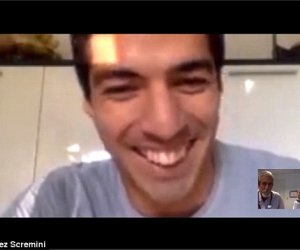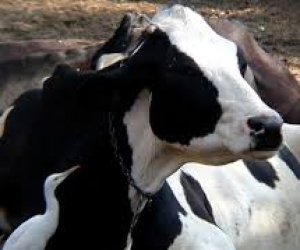Age-progression software lets you see your child as an adult - VIDEO
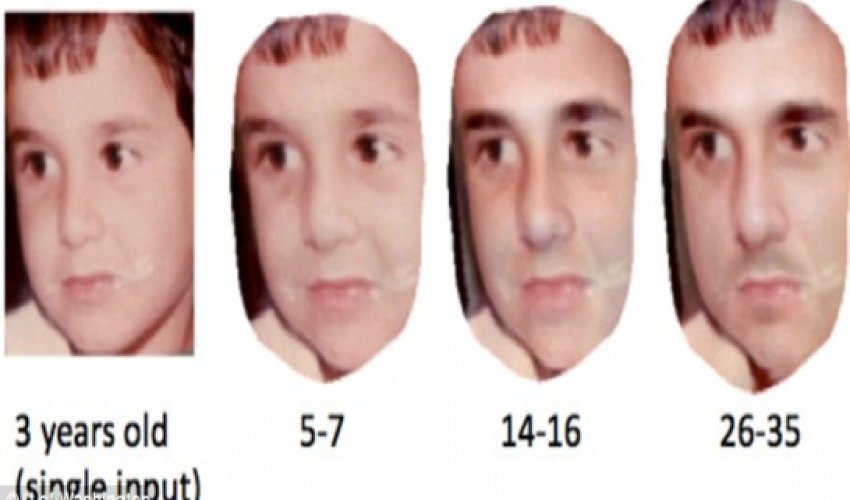
Now, a computer could answer the question in less than a minute.University of Washington researchers have developed software that automatically generates images of a young child's face as it ages through a lifetime.The technique is the first fully automated approach for aging babies to adults that works with variable lighting, expressions and poses.‘Aging photos of very young children from a single photo is considered the most difficult of all scenarios, so we wanted to focus specifically on this very challenging case,’ said Ira Kemelmacher-Shlizerman, an assistant professor of computer science and engineering at the University of Washington.‘We took photos of children in completely unrestrained conditions and found that our method works remarkably well.’The research team has posted a paper on the new technique and will present its findings at the June IEEE Computer Vision and Pattern Recognition conference in Columbus, Ohio. The shape and appearance of a baby's face – and variety of expressions – often change drastically by adulthood, making it hard to model and predict that change. This technique leverages the average of thousands of faces of the same age and gender, then calculates the visual changes between groups as they age to apply those changes to a new person's face.In an experiment asking random users to identify the correct aged photo for each example, they found that users picked the automatically rendered photos about as often as the real-life ones.‘Our extensive user studies demonstrated age progression results that are so convincing that people can't distinguish them from reality,’ said co-author Steven Seitz, Professor of Computer Science and Engineering. ‘When shown images of an age-progressed child photo and a photo of the same person as an adult, people are unable to reliably identify which one is the real photo.’Real-life photos of children are difficult to age-progress, partly due to variable lighting, shadows, funny expressions and even milk moustaches. To compensate for these effects, the algorithm first automatically corrects for tilted faces, turned heads and inconsistent lighting, then applies the computed shape and appearance changes to the new child's face.Perhaps the most common application of age progression work is for rendering older versions of missing children. These renderings usually are created manually by an artist who uses photos of the child as well as family members, and editing software to account for common changes to a child's face as it ages, including vertical stretching, wrinkles and a longer nose.But this process takes time, and it's significantly harder to produce an accurate image for children younger than age five, when facial features more closely resemble that of a baby.The automatic age-progression software can run on a standard computer and takes about 30 seconds to generate results for one face. It is not yet available to the public, however.While this method considered gender and age, the research team also hopes to incorporate other identifiers such as ethnicity, and cosmetic factors such as hair whitening and wrinkles, to build a robust enough method for representing every human face.‘I'm really interested in trying to find some representation of everyone in the world by leveraging the massive amounts of captured face photos,’ Kemelmacher-Shlizerman said.‘The aging process is one of many dimensions to consider.’(dailymail.co.uk)ANN.Az



























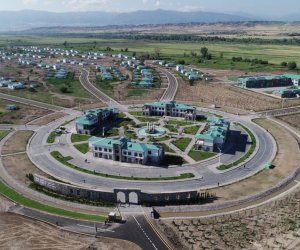

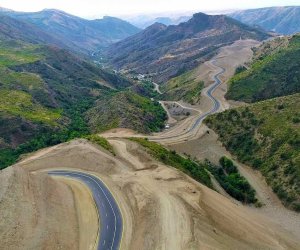






 Photo
Photo 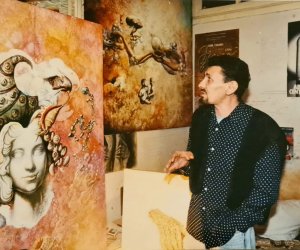



 Video
Video 